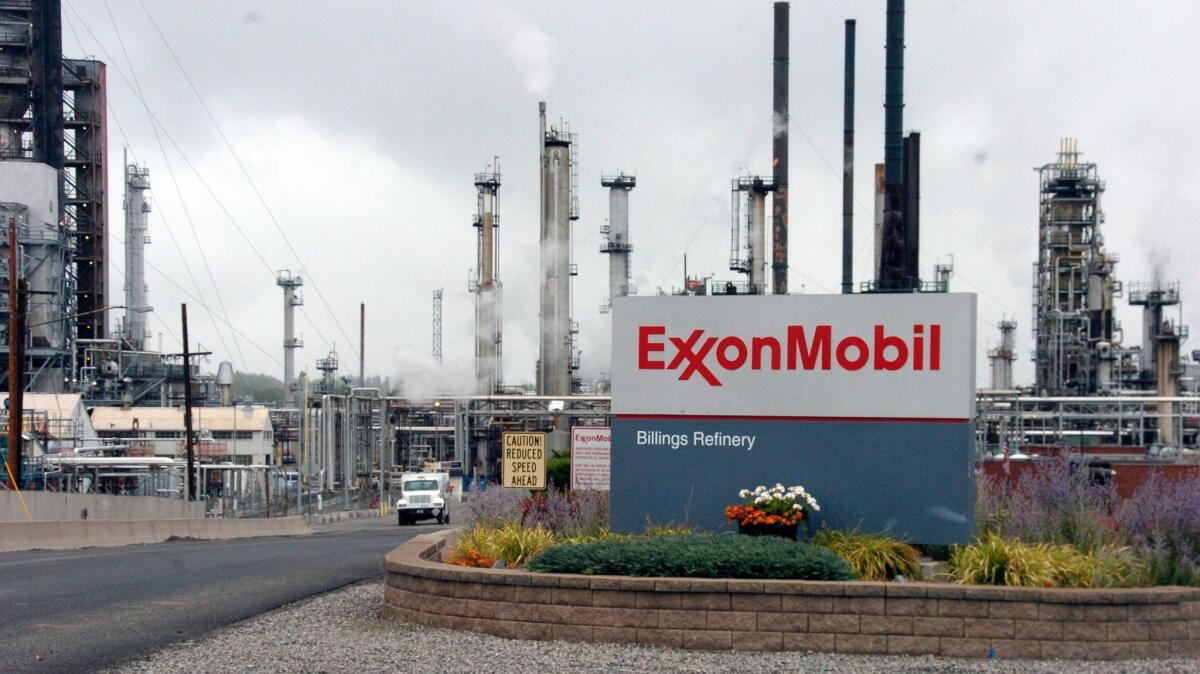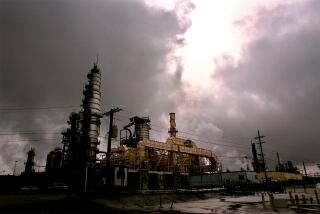Exxon reveals full scope of emissions for first time

Exxon Mobil Corp. disclosed emissions data on customers’ use of its fuels and other products for the first time after coming under pressure from investors.
The oil giant’s so-called Scope 3 emissions from petroleum-product sales were equivalent to 730 million metric tons of carbon dioxide in 2019, according to the company’s Energy and Carbon Summary released Tuesday. That’s about the same as for the entire country of Canada and is the highest of all major Western oil companies.
Most Western supermajors already publish the information and Exxon is doing so because “stakeholders have expressed growing interest” in it, the company said in the report. However, the data “do not provide meaningful insight into the company’s emission-reduction performance and could be misleading in some respects.”
Exxon prefers to focus on Scope 1 and 2 emissions, which are within its direct control, rather than the use of its products, which depends on demand from customers. However, rivals such as Royal Dutch Shell and BP are targeting emissions cuts that cover Scope 3 figures.
Exxon has come under pressure from activist investors in recent weeks for its poor shareholder returns and environmental record. Last month, Bloomberg News reported that major investors such as AllianceBernstein, Wellington Management and the California State Teachers’ Retirement System have called on Exxon and the industry to increase transparency and publish more forward-looking emissions data, like the kind it routinely uses internally.
The company said in December that it would set new, more ambitious targets to reduce emissions per barrel of crude. But it didn’t make any pledges related to reducing its absolute level of pollution.
In October, Bloomberg News reported that internal documents showed the company’s 2018 plan to boost oil and gas production was projected to cause a surge in greenhouse gas emissions equivalent to the entire output of Greece. But the plan was derailed by COVID-19, forcing Exxon to cut capital spending and scale back its growth ambitions. Exxon said the story was misleading because the documents didn’t include additional emissions mitigation efforts that would have been implemented over time.
The company’s Scope 1 and 2 emissions fell 3.2% in 2019 to 120 million tons of carbon dioxide equivalent, the lowest since at least 2010, according to Tuesday’s report.
Despite energy-transition scenarios that show fossil fuel usage decreasing over time, Exxon’s oil and gas reserves “face little risk from declining demand,” the company said in the report. This is because the “substantial majority” of its proven resources will be produced over the next 20 years, when they are supported by “ample demand,” it said.






